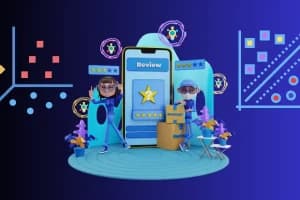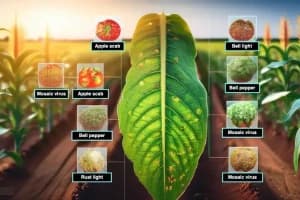To use scikit-learn (sklearn) to remove redundant features, you can use either the chi-square test or ANOVA (analysis of variance).
1. Chi-square test:
The chi-square test is a statistical test used to determine whether there is a significant difference between the observed frequencies and the expected frequencies in one or more categorical variables. It can be used to select the most relevant features by ranking them based on their statistical significance.
Here's an example of how to use the chi-square test to remove redundant features in sklearn:
from sklearn.feature_selection import SelectKBest
from sklearn.feature_selection import chi2
# Set the number of features you want to keep
n_features = 10
# Select the k best features using the chi-square test
selector = SelectKBest(chi2, k=n_features)
selected_features = selector.fit_transform(X, y)
1. ANOVA:
ANOVA is a statistical method used to compare the means of two or more groups. It can be used to select the most relevant features by ranking them based on the F-value, which is a measure of the difference between the means of the groups.
Here's an example of how to use ANOVA to remove redundant features in sklearn:
from sklearn.feature_selection import SelectKBest
from sklearn.feature_selection import f_classif
# Set the number of features you want to keep
n_features = 10
# Select the k best features using ANOVA
selector = SelectKBest(f_classif, k=n_features)
selected_features = selector.fit_transform(X, y)In both cases, X is a matrix of features and y is the target vector. The fit_transform method will select the k best features based on the test and return a new matrix with only those features.
It's important to note that feature selection is just one step in the process of building a machine learning model. It's usually a good idea to try different feature selection methods and evaluate their performance on your dataset to see which one works best.






